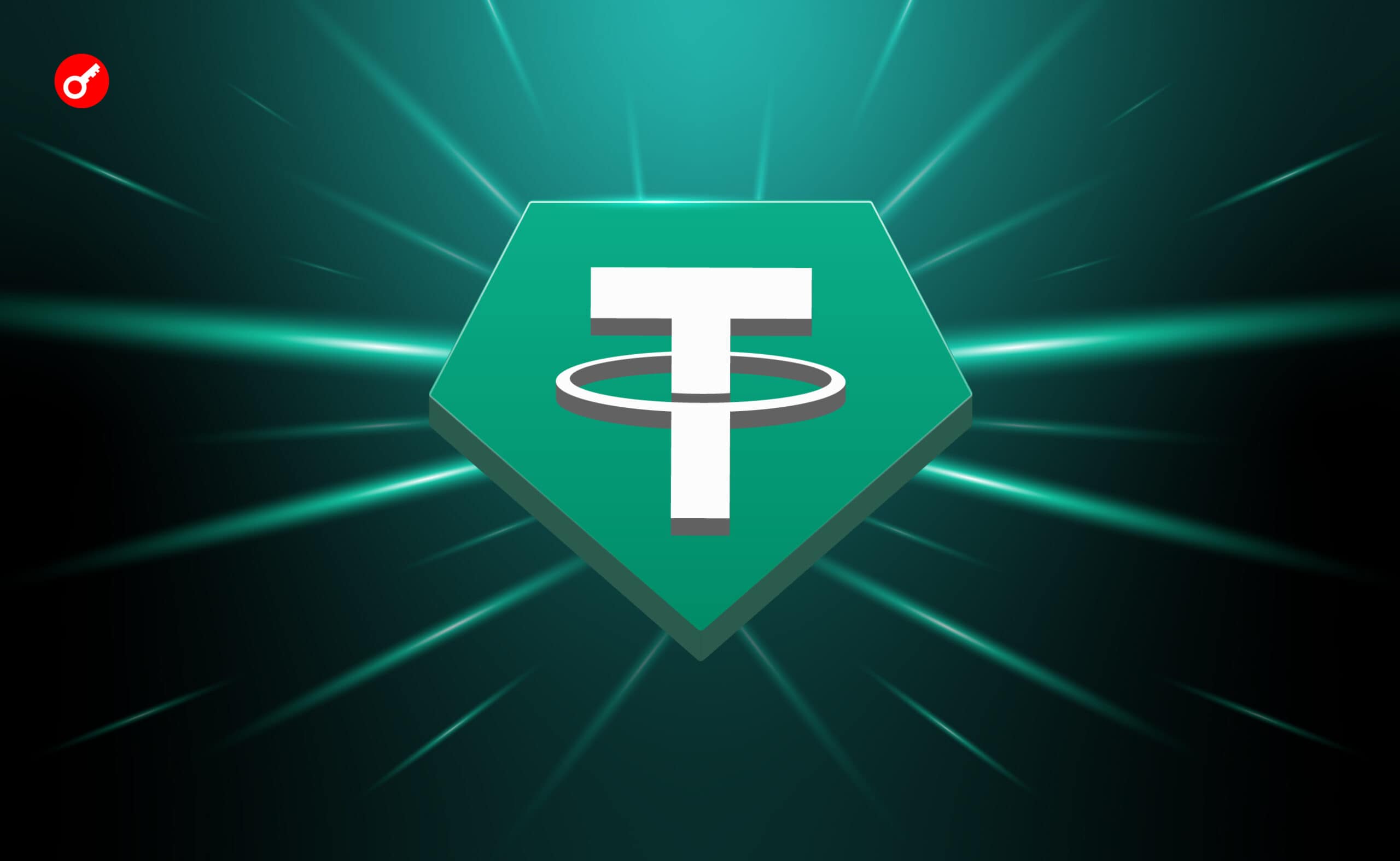RBNZ cut cash rate by 25bps to 2.25% in a 5-1 vote, with one member preferring no change. OCR track now troughs at 2.20% in H1-2026, above market pricing, as RBNZ signals no further easing. Forward guidance turns more neutral and easing bias softened but not removed, Standard Chartered’s economists Bader Al Sarraf and Nicholas Chia report.
Hawkish by design
“The Reserve Bank of New Zealand (RBNZ) delivered a widely expected 25bps rate cut to 2.25%, but the overall messaging was more hawkish than markets anticipated. The Monetary Policy Committee (MPC) voted 5-1, with one member preferring no change – a stark contrast to market expectations for dissent on the dovish side. Forward guidance was also recalibrated as the RBNZ stated that future rate moves will hinge on the evolution of data, in contrast to previous (and less ambiguous) references of ‘further reductions’ in the cash rate. This shift alone framed the meeting as the first meaningful step away from a strong easing bias.”
“The bigger surprise came from the official cash rate (OCR) track, which now troughs at 2.20% in Q2-2026 – roughly 10bps above market pricing and 35bps below August projections. More importantly, it shows policy rates rising again by 2027, with the projected increase almost doubling versus prior forecasts. Our takeaway is that the RBNZ sees the easing cycle as close to complete, and is increasingly focused on policy not becoming too accommodative amid a firming recovery.”
“The NZD’s reaction – strengthening c.1% against the USD – reflects the hawkish elements of the MPS, a higher-than-priced OCR trough, the removal of explicit easing language, and the absence of any 50bps dissenters. We expect more NZD shorts to be closed out over the coming months, given the extreme NZD weakness against G10 crosses.”
Source: https://www.fxstreet.com/news/rbnz-the-final-step-down-standard-chartered-202511260824


